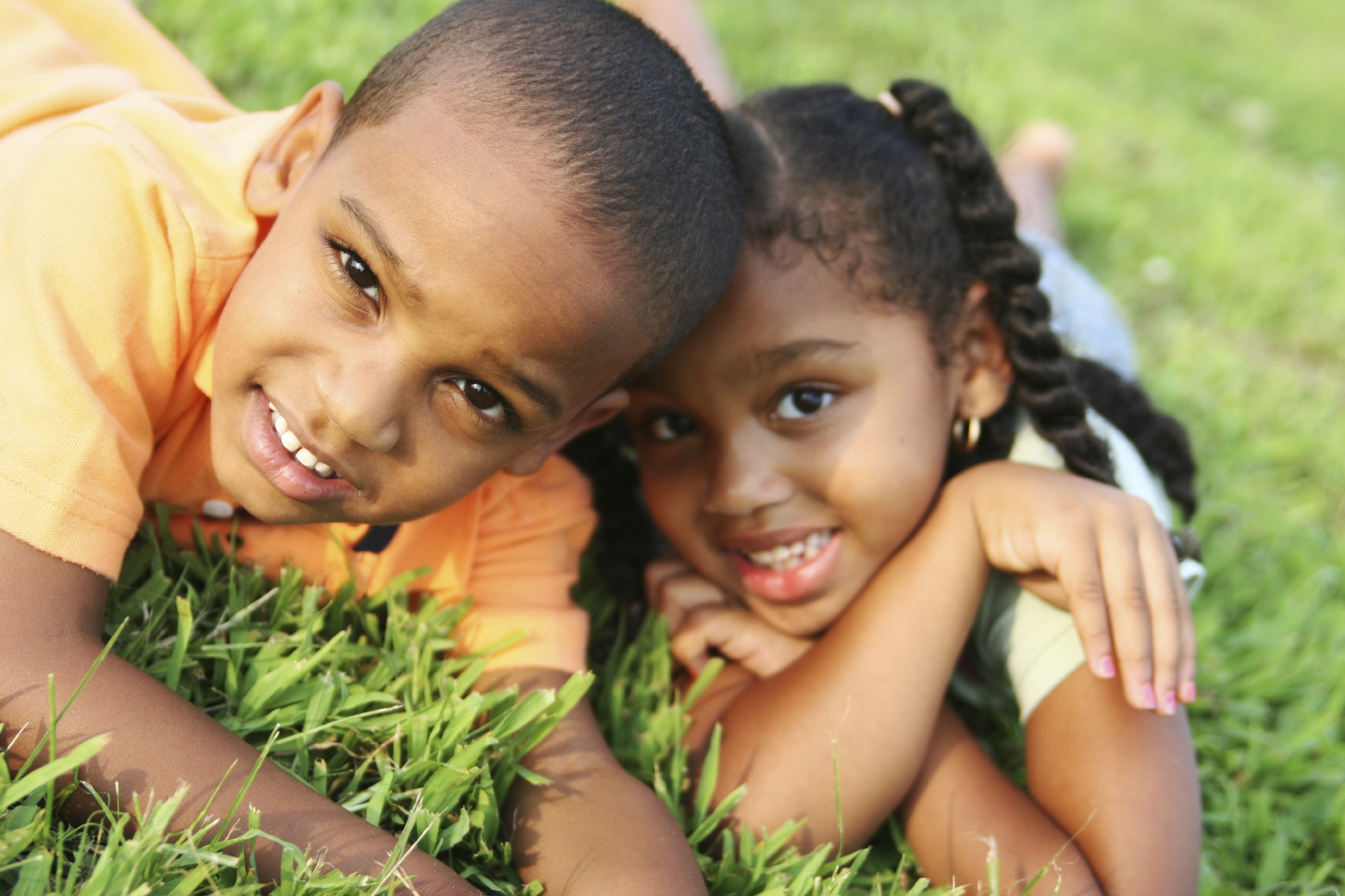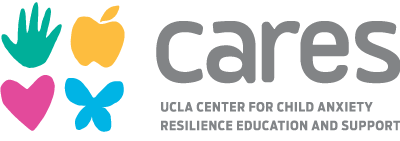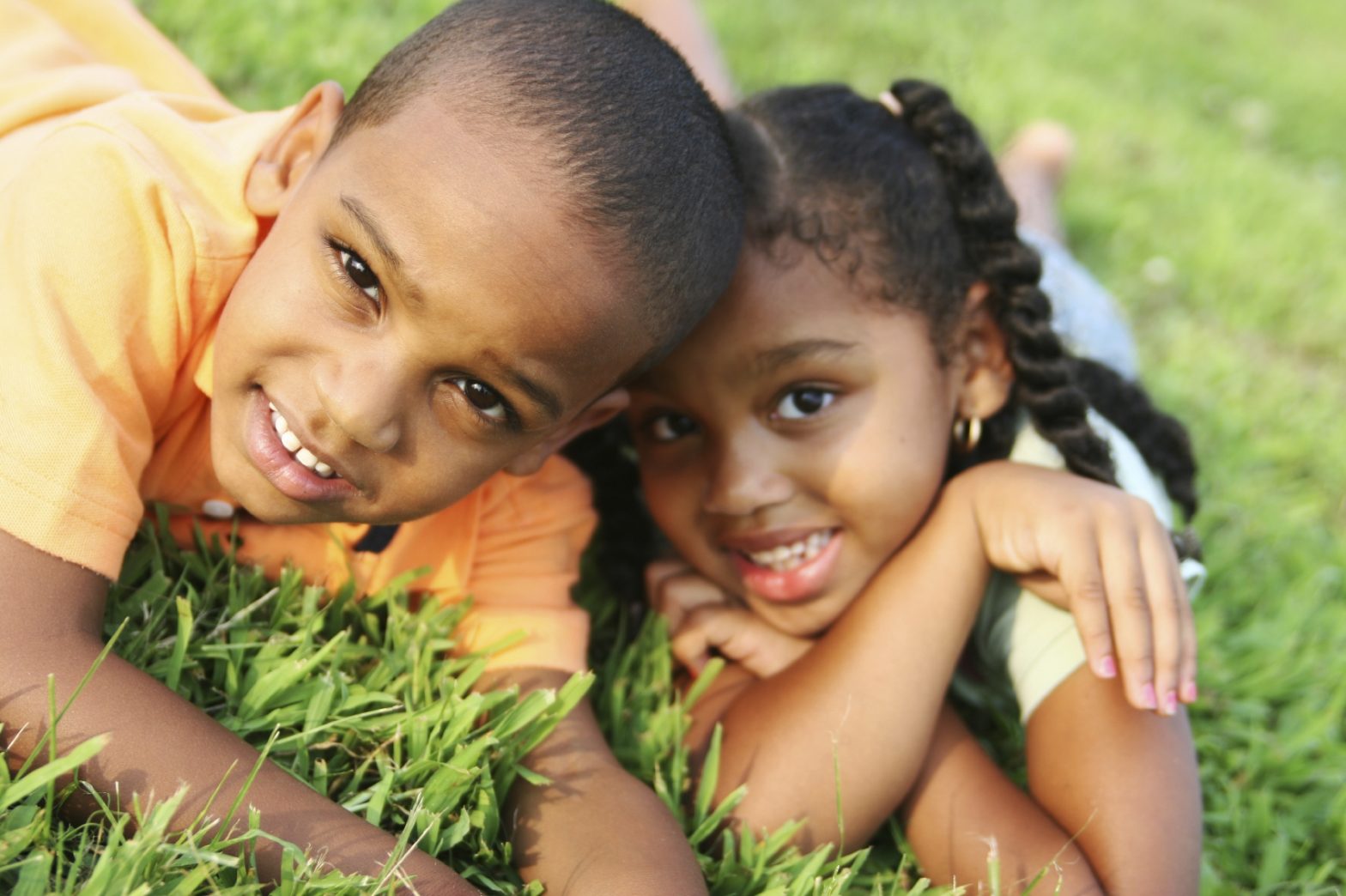
Anxiety is a normal part of the ups and downs of life. But sometimes it can get in the way of us enjoying all the good things.
Find answers to commonly asked questions and information about anxiety treatment below.
What is anxiety?
Anxiety is feeling afraid, scared, worried, or nervous about things that might happen in the future or seem dangerous or unpredictable.
Is anxiety normal?
It is normal for children to experience anxiety in stressful situations. For example, many kids and teens feel scared or nervous on the first day of school; some youth describe feeling butterflies in their stomach. For most people, these anxious feelings go away once they get used to the new experience, but for others the feelings remain intense over time. When these feelings do not go away, they may be a sign of an anxiety disorder.
What is an anxiety disorder?
Anxiety disorders occur when feelings of stress or fear persist and are intense enough to interfere with everyday life. Anxiety disorders can take many forms, but all involve excessive worry and stress. Children and teens with anxiety disorders are often distressed and easily frightened or upset, and they may have difficulty interacting with others.
Some children and teens with anxiety disorders may also feel excessively uncomfortable being in social situations (Social Anxiety) or when separating from a parent or loved one (Separation Anxiety). Other symptoms can include obsessive thoughts and/or compulsive behaviors (Obsessive-Compulsive Disorder, or OCD), unexpected panic-inducing distress (Panic Disorder), or more generalized worrying about everyday activities (Generalized Anxiety Disorder). These five anxiety disorders are the most common; less common anxiety disorders include Post-traumatic Stress Disorder, Selective Mutism, and Specific Phobias. Many children and adolescents have more than one type of anxiety disorder.
What are the signs and symptoms of anxiety?
All anxiety disorders involve fear, worry, and excessive distress. There are many types of anxiety. Some common signs and symptoms to look for in kids and teens include:
– Excessive discomfort in front of others or in public
– Avoidance of social or public situations
– Inability to speak in select social or public situations (such as at school, in a store, at a restaurant, etc.)
– Worry or fear before or during separation from parents or loved ones
– Frequent nightmares involving the loss of parents or loved ones
– Obsessive thoughts or compulsive behaviors
– Panic attacks, or fear of panic attacks
– Specific fears or phobias (such as of bees, dogs, etc.)
– Fear of natural disasters or other large-scale accidents
– Unrealistic or unfavorable opinion of one’s own performance or abilities
– Excessive need for reassurance and approval from others
These are just some signs that a youth may have an anxiety disorder. All of these symptoms can occur in kids and teens without anxiety disorders; however, for youth with anxiety disorders, these feelings are more intense and more persistent, and they can cause difficulty on a regular basis.
In all cases, it is up to a healthcare provider or mental health professional to make a diagnosis. As a provider, it is important to determine whether the symptoms a child is experiencing are temporary responses to a difficult or stressful life situation or associated with a specific anxiety disorder or medical condition.
Treatment for Anxiety
Recommended treatment techniques may vary depending on the type and severity of the anxiety, as well as on individual and family factors. There are two primary treatment strategies for anxious youth: cognitive behavioral therapy (CBT) and medication. Mindfulness meditation is another tool often used to help individuals manage anxiety and stress.
Teaching parents and other family members strategies for helping kids and teens deal with anxious feelings is an important part of treatment. It helps to create a home environment that is supportive and engaged in the youth’s progress.
Cognitive Behavioral Therapy (CBT)
CBT is a structured, goal-focused, and time-limited intervention used to treat individuals with anxiety. CBT has been demonstrated to help reduce anxiety symptoms in both adults and children. It can be used alone or in combination with medication and/or mindfulness meditation. CBT involves working with a therapist for approximately 12 to 20 sessions to target specific fears.
A major component of treatment is exposure therapy, or approaching feared situations in a graded, step-by-step fashion. This helps the child learn, over time, that they can tolerate feeling anxious. These exposures are conducted during the clinic session and are assigned weekly for at-home practice. Other components of CBT involve learning strategies to cope with anxious feelings and thoughts, challenging negative thoughts, and learning to relax one’s body when feeling physically stressed or anxious. Parental involvement in CBT may vary depending on age, development, and the type of anxiety.
Medication
Medication is widely used to treat anxiety symptoms, often in combination with CBT. The medications shown in research studies to be most effective for both adult and child anxiety are Selective Serotonin Reuptake Inhibitors (SSRIs). Each child is different, and the type, dose, or necessity of medication will vary based on the physician’s assessment.
Mindfulness Meditation
Mindfulness meditation can be an important component of any treatment for mental health difficulties like anxiety. This practice involves learning to focus on present-moment experiences, and observing thoughts, feelings, and bodily sensations without judgment. The ultimate goal is not to eliminate distressing emotions or thoughts altogether, but to change one’s reaction to difficult emotions and anxious thoughts.
Find an anxiety specialist near you
Child Traumatic Stress
What is trauma?
According to the National Child Traumatic Stress Network, trauma most often follows an event that is scary, threatening, dangerous, or violent. The scary and often overwhelming event is also known as a traumatic experience. The individual can experience the event directly, or they may witness something bad happening to a loved one. Normally, these events include experiencing an injury or some type of physical harm.
What is child traumatic stress?
When children experience a traumatic event, they can react in both physical and psychological ways. Although these reactions can be troubling, they are completely normal. Similar to anxiety, these reactions are how our bodies let us know something is not right. A reaction that is long-lasting or interfering with a child’s well-being may be a sign of child traumatic stress.
Child traumatic stress often occurs in children who have had multiple traumatic experiences. Their reactions to these experiences can be persistent and often include:
Intense fear or sadness
Changes in behavior
Difficulty paying attention
Academic challenges
Nightmares
Disrupted sleep or difficulty falling asleep
Loss of appetite
Physical aches and pains
Avoidance of objects, places, or other reminders associated with the traumatic event(s)
How can I tell whether my child is having a typical response or experiencing traumatic stress?
Not all children who experience a traumatic event will develop child traumatic stress. Children dealing with anxiety may have heightened fear or worry around a traumatic event. The reaction to a traumatic situation varies from child to child and often depends on their developmental level.
If you believe your child may be dealing with traumatic stress, it is important to contact a mental health or healthcare provider who can help.
Visit https://www.nctsn.org/ for more information.
Sometimes a traumatic experience can affect the entire family. Learn more about family trauma at https://nfrc.ucla.edu/about-family-trauma.

